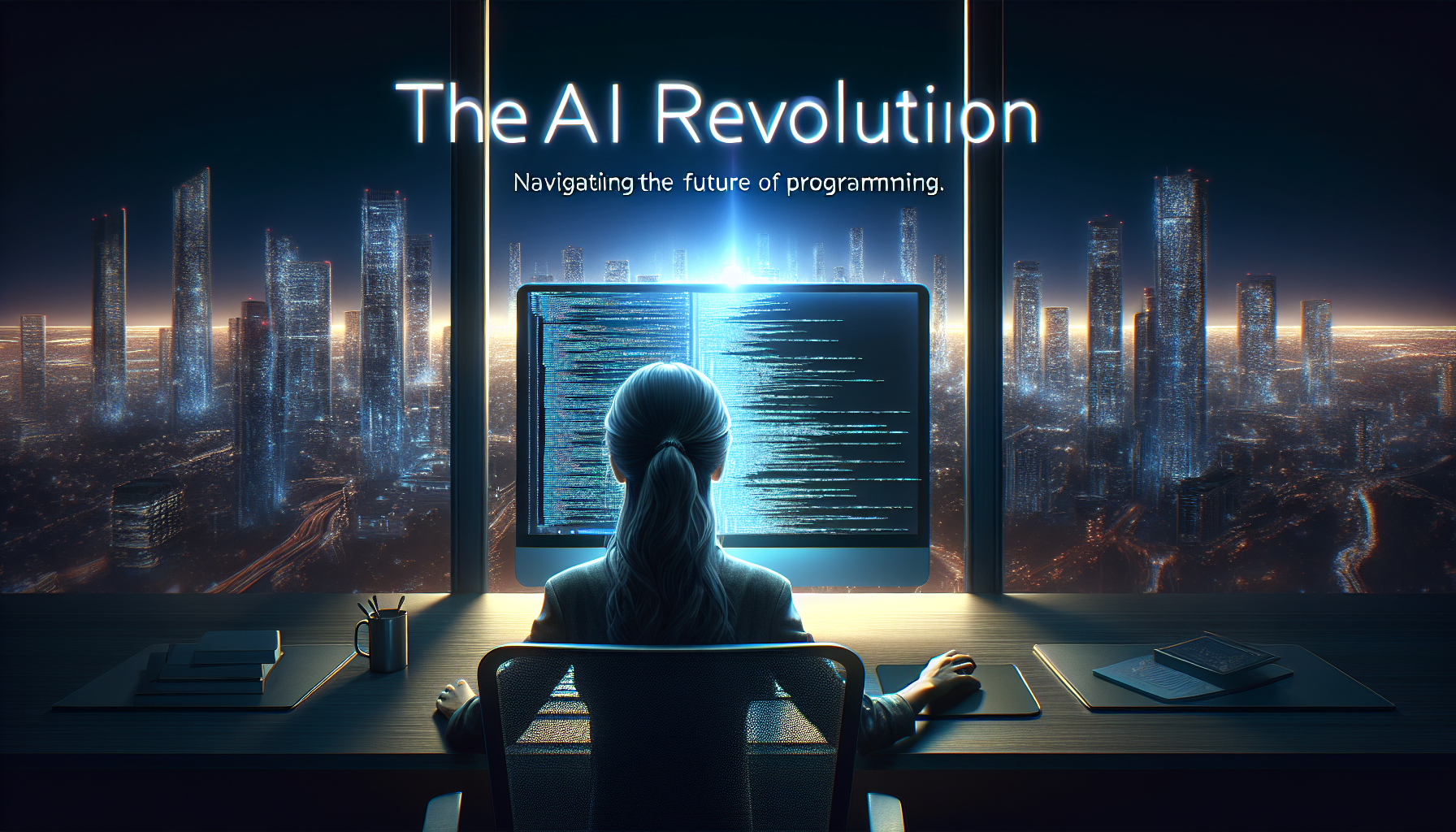**Building Scalable AI Systems: Best Practices for Developers**
In today’s AI-driven world, developing scalable AI systems is crucial for businesses to stay competitive. As AI continues to transform industries, the demand for efficient, reliable, and user-friendly AI applications is skyrocketing. However, building such systems requires a deep understanding of AI fundamentals, software engineering principles, and a collaborative approach to development.
**The Significance of Scalable AI Development**
Scalable AI systems are designed to handle increasing amounts of data, users, and computational resources without compromising performance. This is essential for AI-driven applications, such as chatbots, recommendation engines, and predictive analytics, which require fast processing and real-time feedback. A scalable AI system can:
* Handle large volumes of data and user interactions
* Provide fast and accurate responses
* Scale horizontally to accommodate growing demands
* Ensure high availability and reliability
**Best Practices for Scalable AI Development**
To build scalable AI systems, developers must follow best practices that ensure efficiency, reliability, and maintainability. Here are some key guidelines:
### 1. **Design for Scalability**
When designing AI systems, consider scalability from the outset. This involves:
* **Modular architecture**: Break down the system into smaller, independent modules that can be easily scaled or replaced.
* **Distributed computing**: Use distributed computing frameworks to distribute computational tasks across multiple machines.
* **Cloud infrastructure**: Leverage cloud infrastructure to scale up or down as needed.
### 2. **Choose the Right AI Framework**
Selecting the right AI framework is crucial for building scalable AI systems. Consider the following factors:
* **Performance**: Choose a framework that provides fast processing and real-time feedback.
* **Scalability**: Select a framework that supports horizontal scaling and distributed computing.
* **Ease of use**: Opt for a framework with a user-friendly interface and extensive documentation.
### 3. **Optimize Model Performance**
Optimizing model performance is essential for building scalable AI systems. Here are some tips:
* **Model pruning**: Remove redundant or unnecessary model parameters to reduce computational overhead.

* **Knowledge distillation**: Transfer knowledge from a large model to a smaller, more efficient model.
* **Quantization**: Reduce model precision to reduce computational requirements.
### 4. **Implement Efficient Data Storage**
Efficient data storage is critical for building scalable AI systems. Consider the following strategies:
* **Distributed databases**: Use distributed databases to store and manage large amounts of data.
* **Data caching**: Implement data caching to reduce the load on the database.
* **Data compression**: Compress data to reduce storage requirements.
### 5. **Monitor and Maintain the System**
Monitoring and maintaining the system is essential for ensuring scalability and reliability. Here are some best practices:
* **Logging and monitoring**: Implement logging and monitoring tools to track system performance and identify issues.
* **Regular updates**: Regularly update the system to ensure it remains secure and efficient.
* **User feedback**: Collect user feedback to identify areas for improvement.
**Case Study: Building a Scalable Chatbot**
A leading e-commerce company wanted to build a scalable chatbot to handle customer inquiries and support. To achieve this, the development team followed the best practices outlined above:
* **Designed a modular architecture**: The team designed a modular architecture that allowed for easy scaling and replacement of individual modules.
* **Chose a distributed computing framework**: The team used a distributed computing framework to distribute computational tasks across multiple machines.
* **Optimized model performance**: The team optimized the model performance by pruning redundant parameters and using knowledge distillation.
* **Implemented efficient data storage**: The team implemented a distributed database and data caching to reduce the load on the database.
**Conclusion**
Building scalable AI systems requires a deep understanding of AI fundamentals, software engineering principles, and a collaborative approach to development. By following best practices such as designing for scalability, choosing the right AI framework, optimizing model performance, implementing efficient data storage, and monitoring and maintaining the system, developers can build efficient, reliable, and user-friendly AI applications. As AI continues to transform industries, the demand for scalable AI systems will only continue to grow.
**Table: Key Considerations for Scalable AI Development**
| **Consideration** | **Description** |
| — | — |
| Modular architecture | Breaking down the system into smaller, independent modules |
| Distributed computing | Using distributed computing frameworks to distribute computational tasks |
| Cloud infrastructure | Leveraging cloud infrastructure to scale up or down as needed |
| Model pruning | Removing redundant or unnecessary model parameters |
| Knowledge distillation | Transferring knowledge from a large model to a smaller, more efficient model |
| Data caching | Implementing data caching to reduce the load on the database |
| Data compression | Compressing data to reduce storage requirements |
**Best Practices for Collaborative AI Development**
Collaborative AI development involves working with stakeholders from various backgrounds to ensure that the system meets the needs of all users. Here are some best practices for collaborative AI development:
* **Involve stakeholders**: Involve stakeholders from various backgrounds to ensure that the system meets the needs of all users.
* **Use user-centered design**: Use user-centered design principles to ensure that the system is intuitive and easy to use.
* **Provide feedback mechanisms**: Provide feedback mechanisms to ensure that users can provide input and feedback on the system.
* **Continuously iterate**: Continuously iterate and refine the system based on user feedback and performance metrics.



